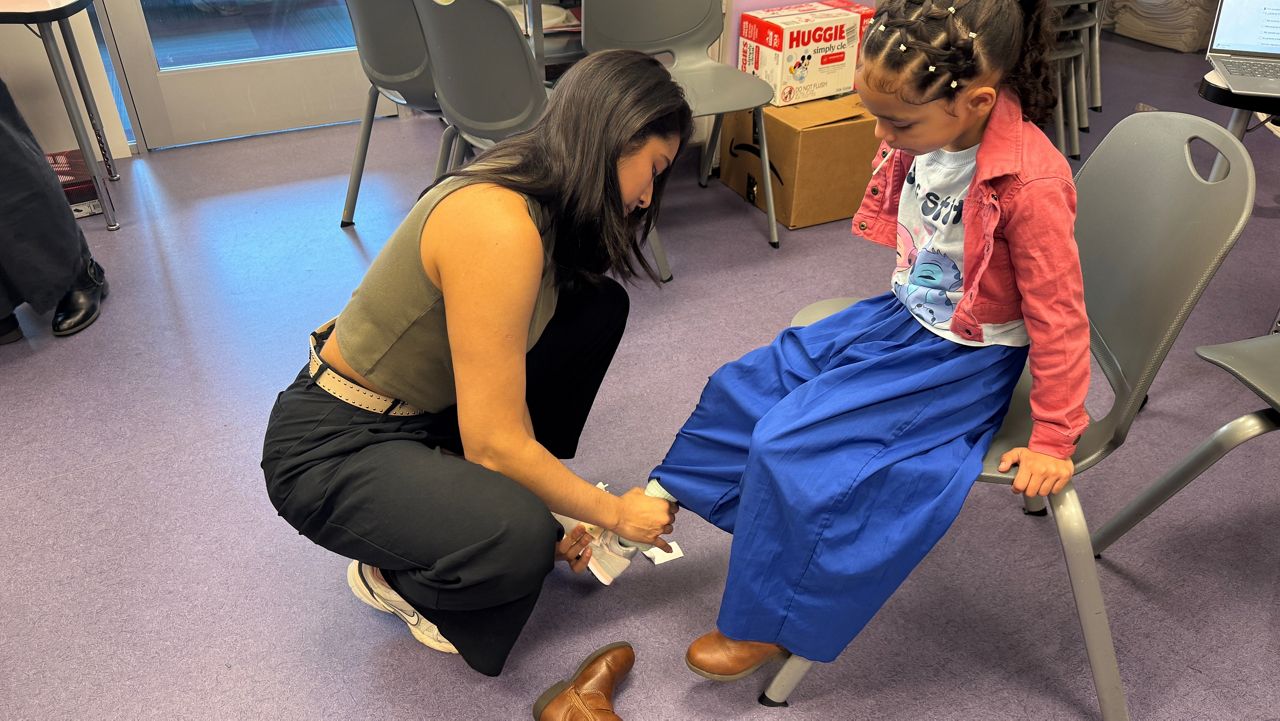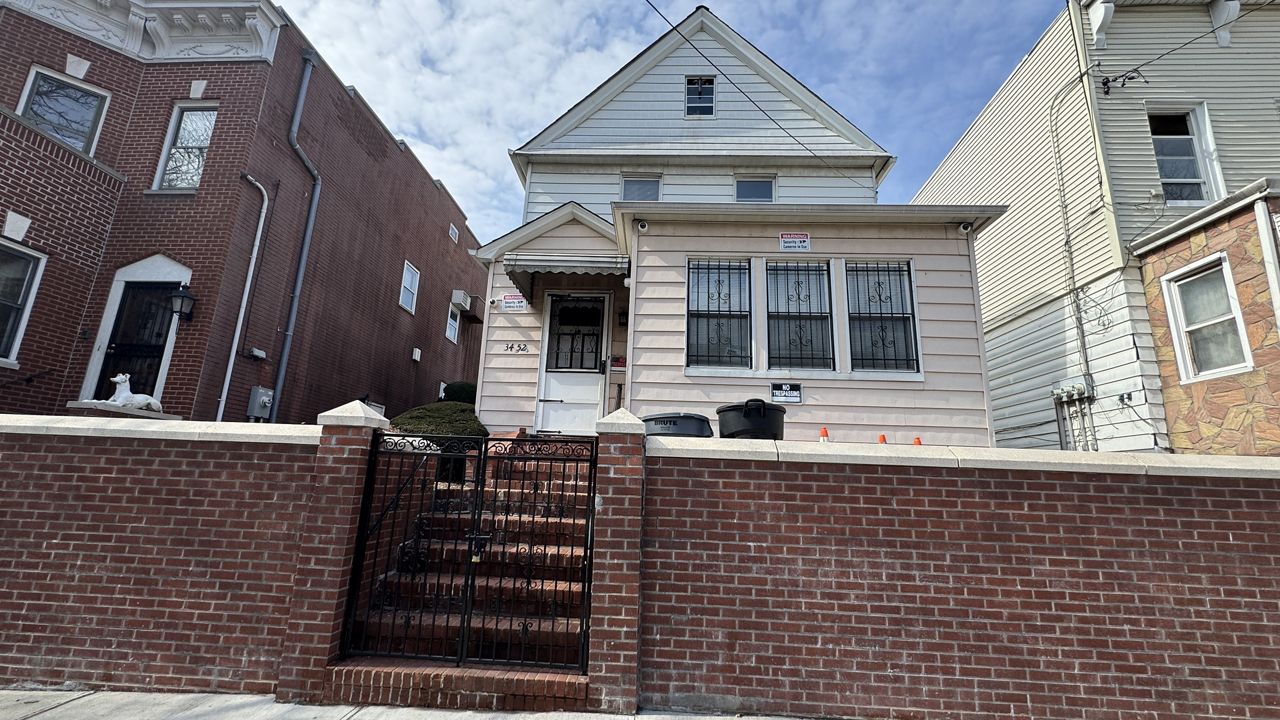On busy Flushing Avenue in Ridgewood, Queens, amid the industrial buildings, is a different type of structure that dates back to the days when Queens was farmland.
"Technically, it's the oldest Dutch Stone House in New York City," said Steve Monte, president of the Greater Ridgewood Historical Society.
It's the the Vander-Ende Onderdonk House, named for both the Vander-Endes, Dutch farmers who built it in 1709, and then the Onderdonks, also Dutch farmers, who lived here in the 1800s and added a wooden wing to the house.
After the Onderdonks left, the house was used as office and factory space, then abandoned in the 1970s and nearly destroyed by fire in 1975. The Greater Ridgewood Historical Society was formed by local residents to save and then restore the house.
"In 1981, it opened to the public as a restored Dutch Colonial Farmhouse," Monte said.
Where visitors can see different rooms displaying life in the 18th and 19th centuries, the cellar colonial kitchen, the attic where you can see the roof from inside, and even a few items owned by the Onderdonks. Visitors can also learn why the Vander-Endes put a rug on the table in their sitting room, or parlor, so people wouldn't step on it.
"This is really where you can showcase your really nice rug and not get it ruined," said Emily Caspari, docent of the Vander-Ende Onderdonk House.
The house sits on two acres of property with gardens, trees, and Arbitration Rock, once the dividing line between the towns of Bushwick and Newtown - essentially, Queens and Brooklyn. The house and grounds host tours, students and other events throughout the year.
Board member Linda Monte says the growth of Ridgewood and nearby Bushwick has brought new visitors. They are open three days a week. They used to be open only once a week.
"We saw people were coming, they were calling us. 'You're never open.' We were like, 'We are open,'" Linda Monte said. "So we decided to open more hours."








_CG_DNT_Lunar_New_Year_Flushing)
